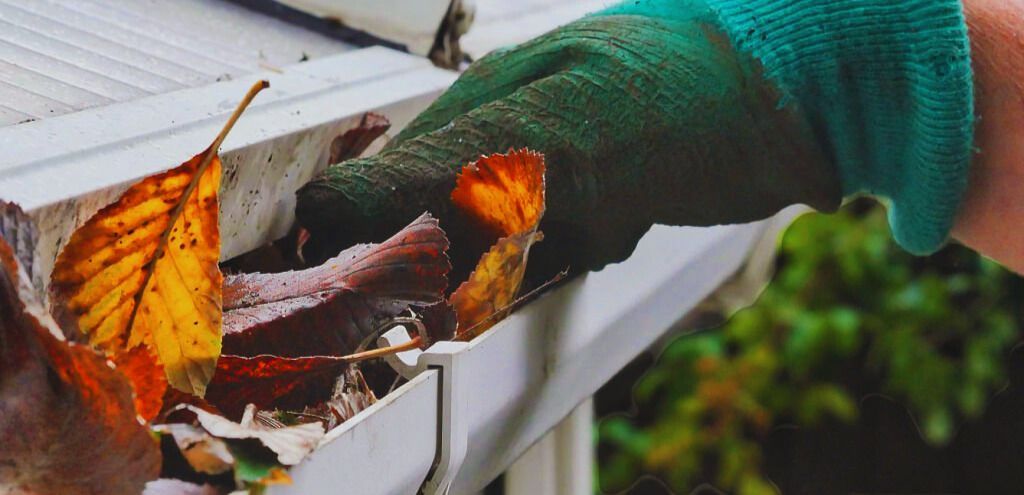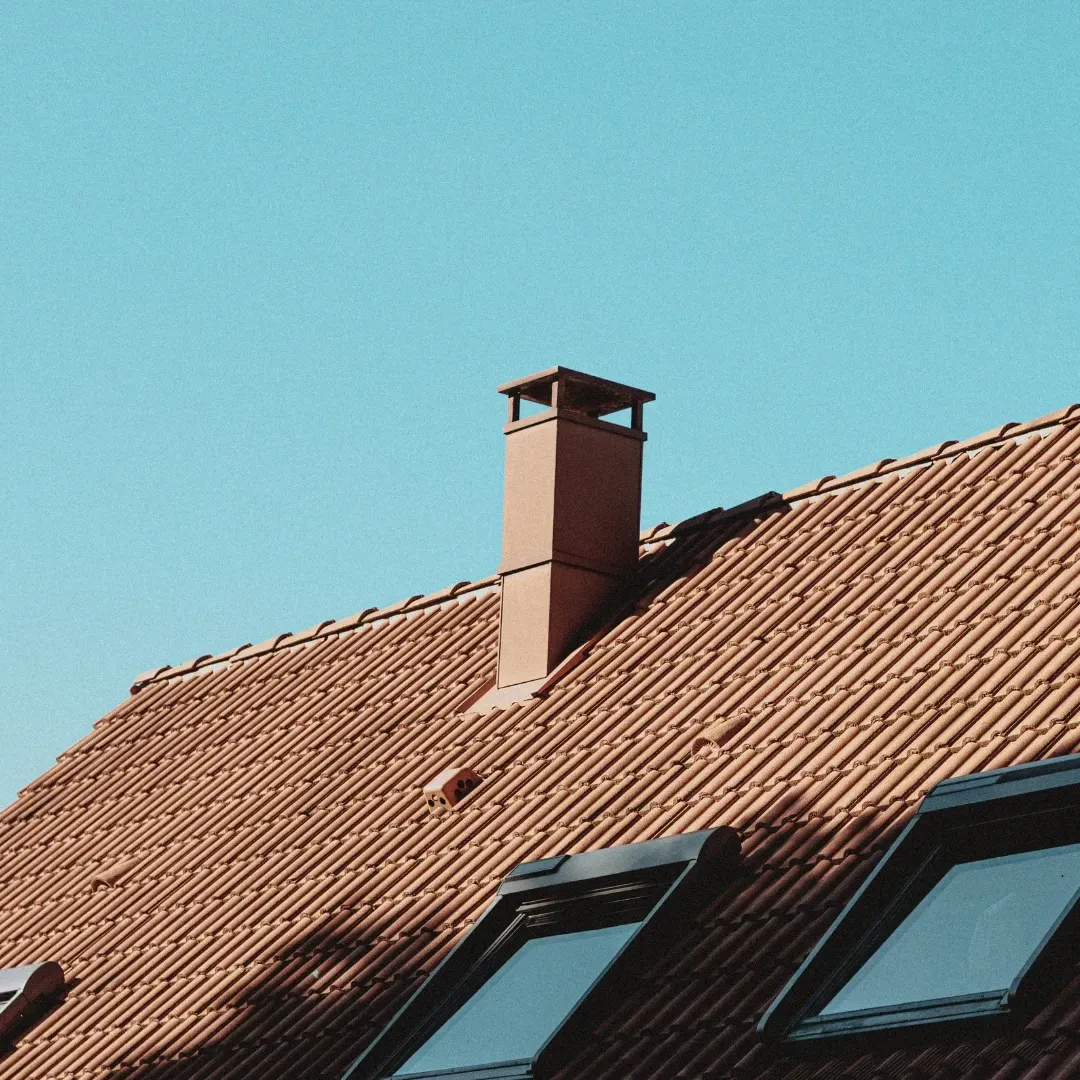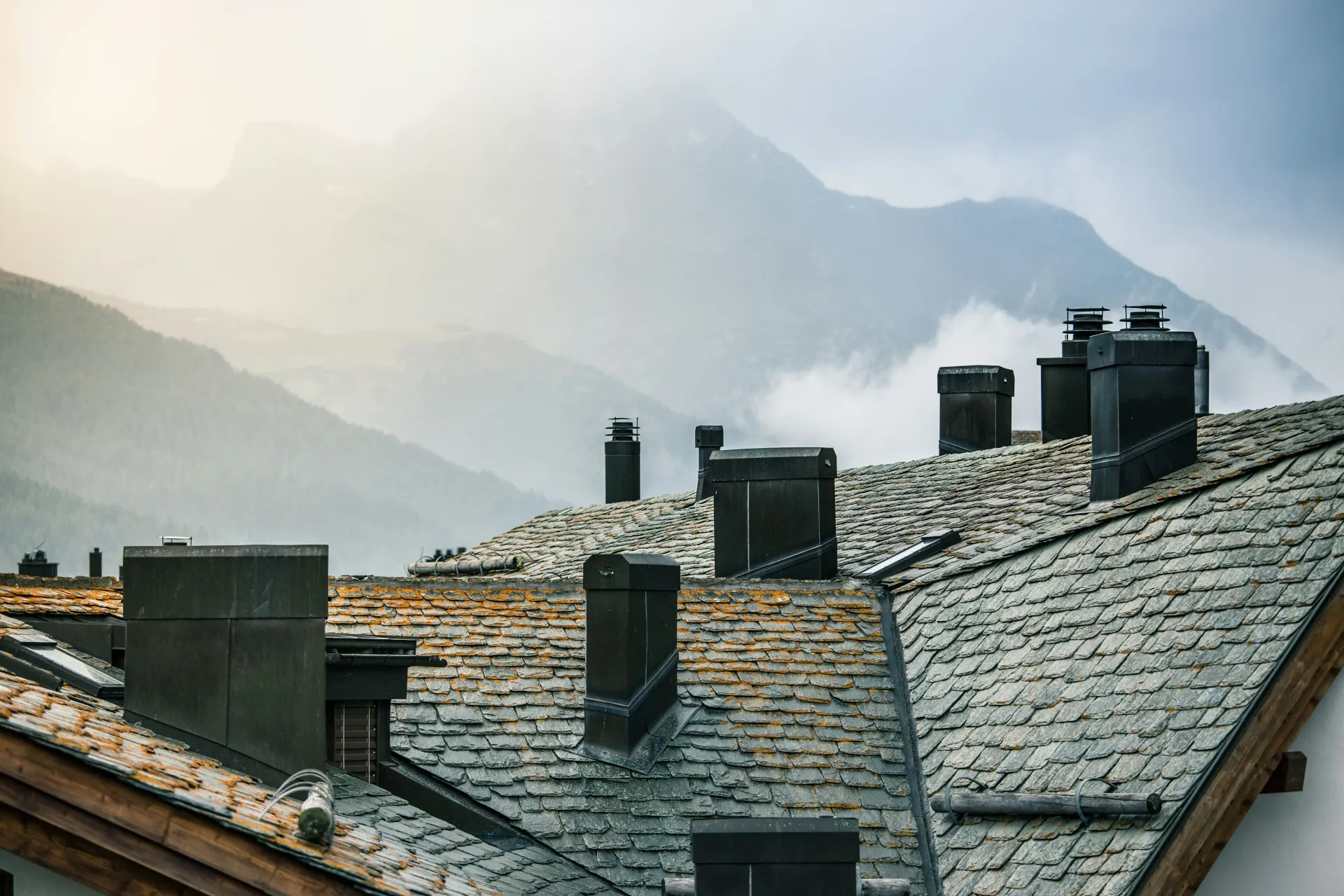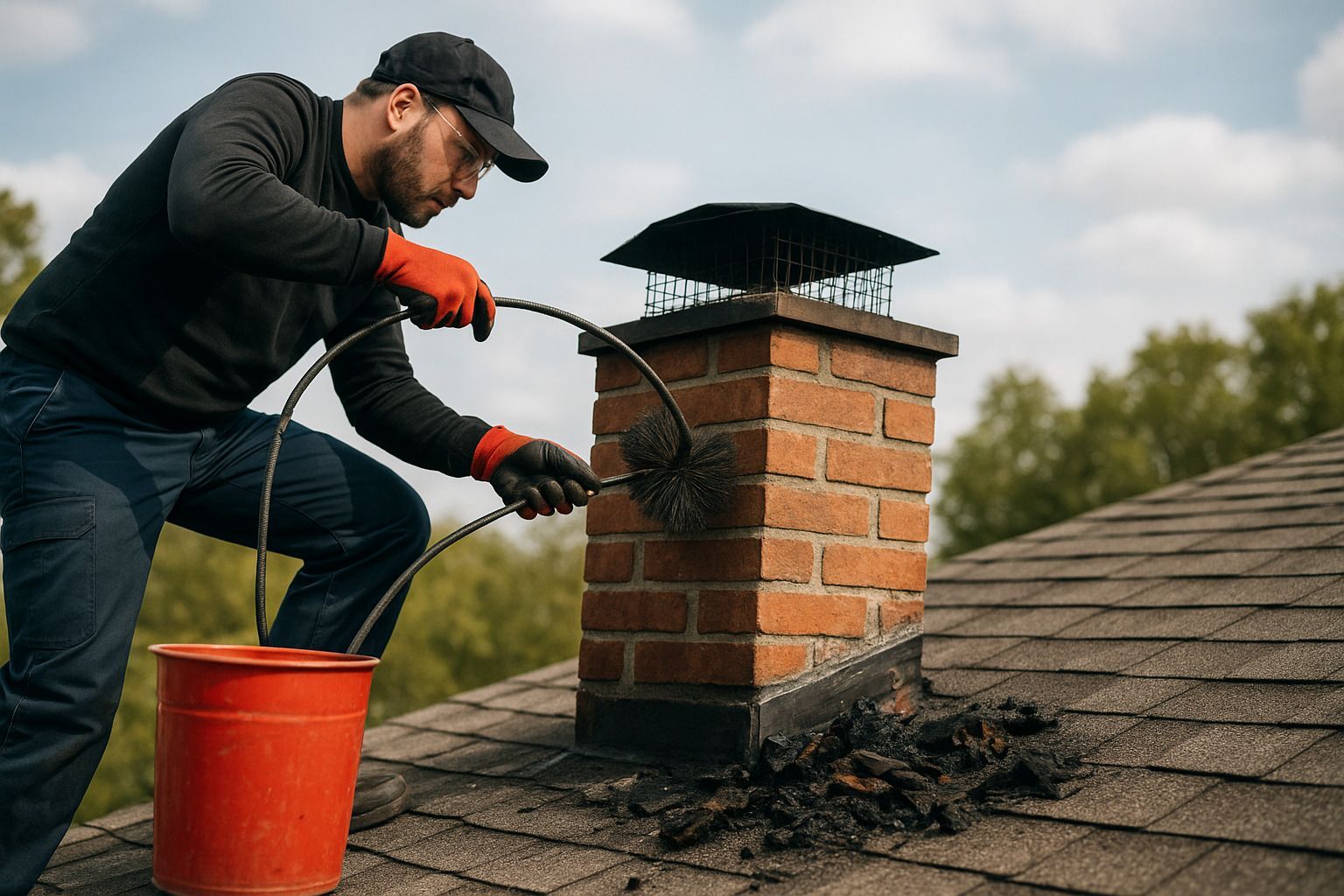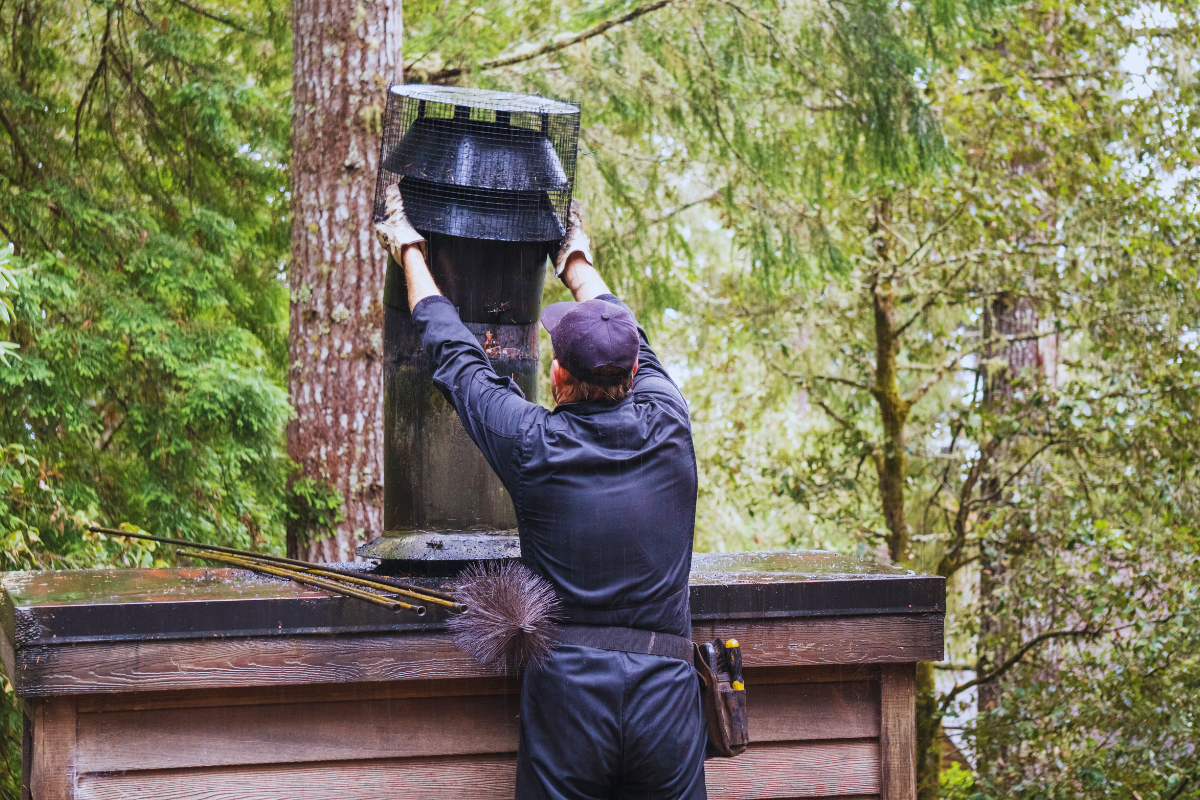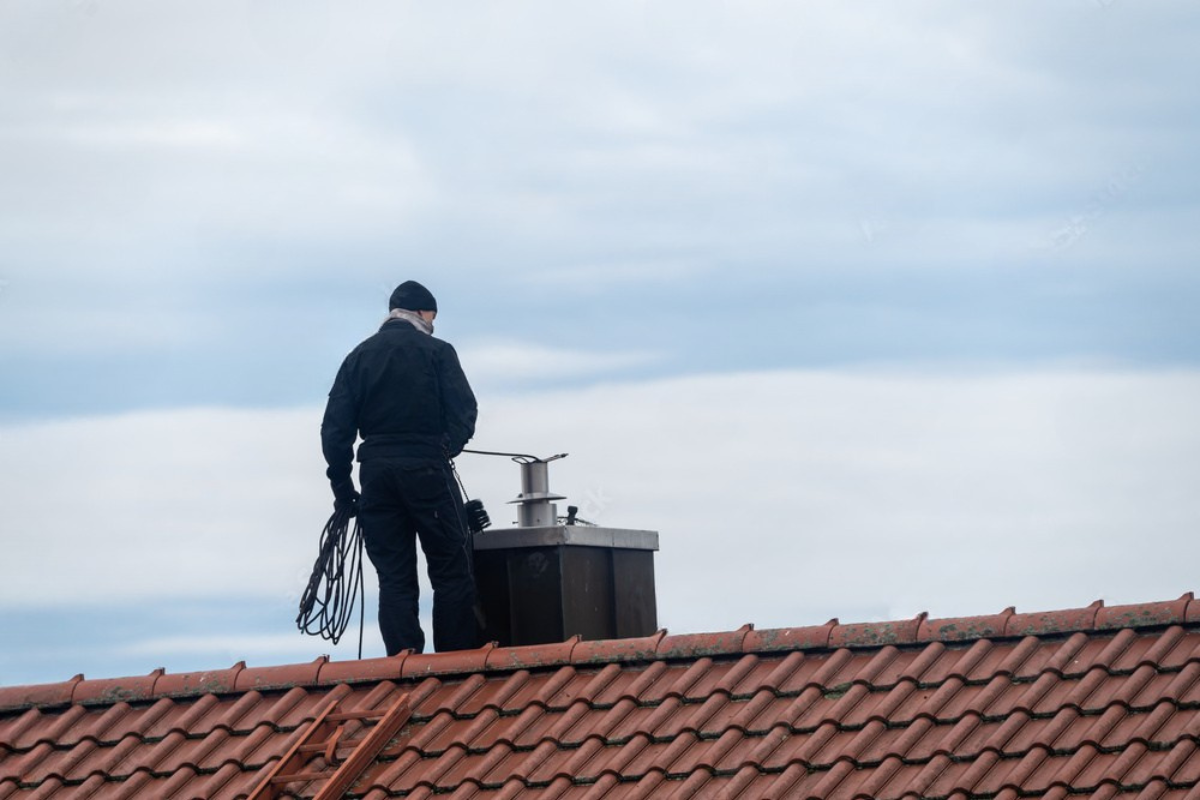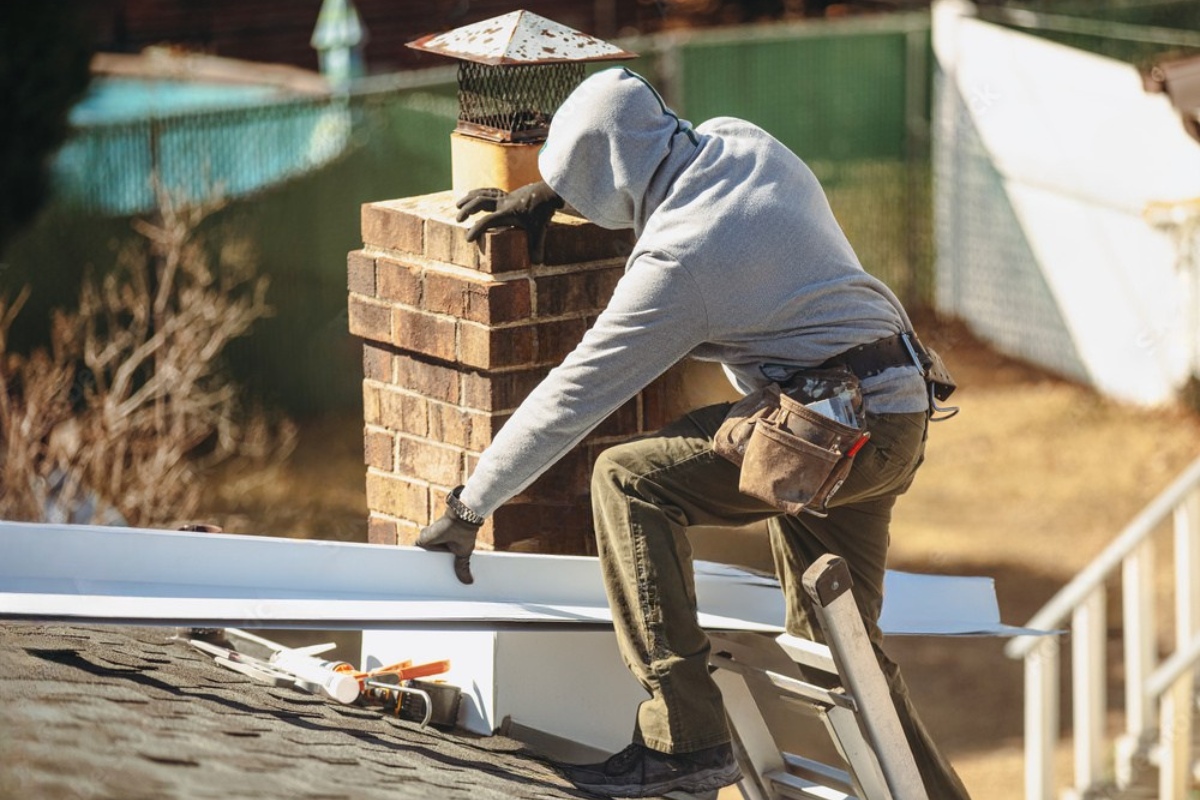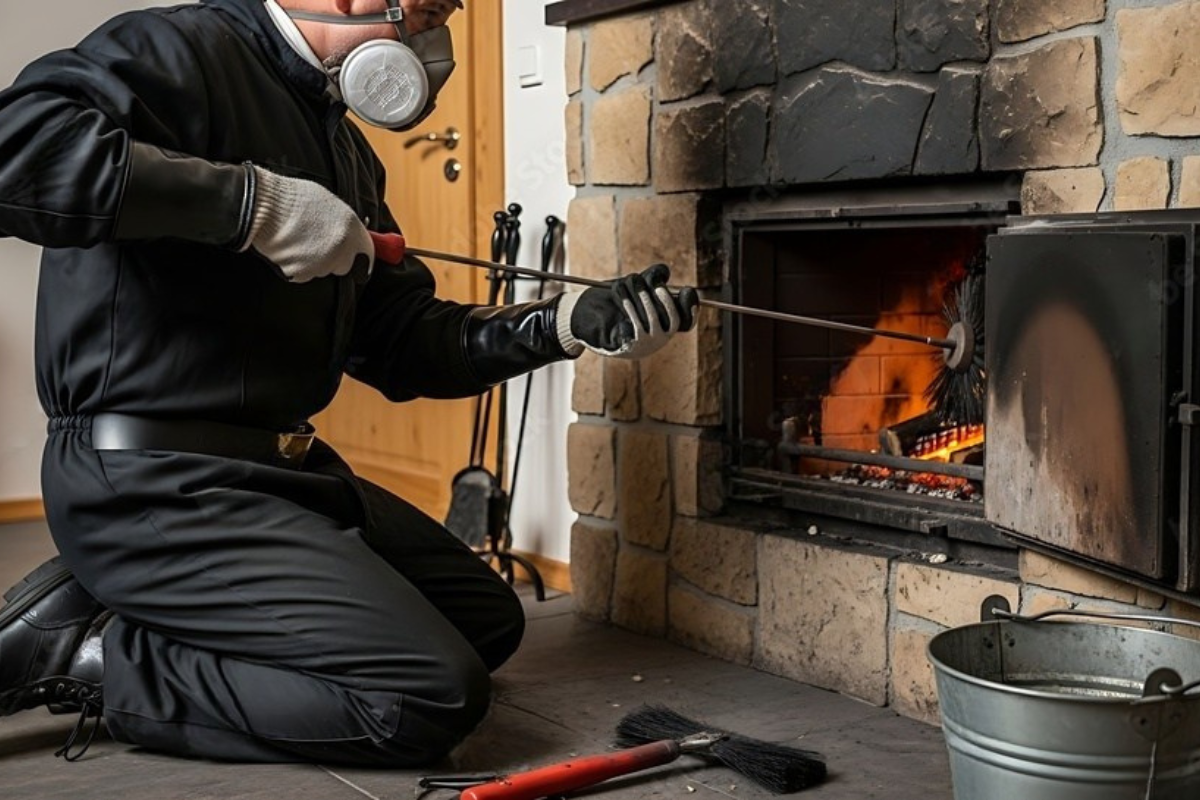Do You Have One Of The 5 Most Common Chimney Problems?
Introduction: The Silent Sentinels of Our Homes
Chimneys are often the unsung heroes of our homes, standing tall and proud, silently whisking away smoke and keeping us warm during chilly Bethel winters. But like any hardworking component of our houses, they're not immune to wear and tear. As someone who's dealt with my fair share of chimney issues, I can tell you that catching problems early can save you a world of trouble down the line.
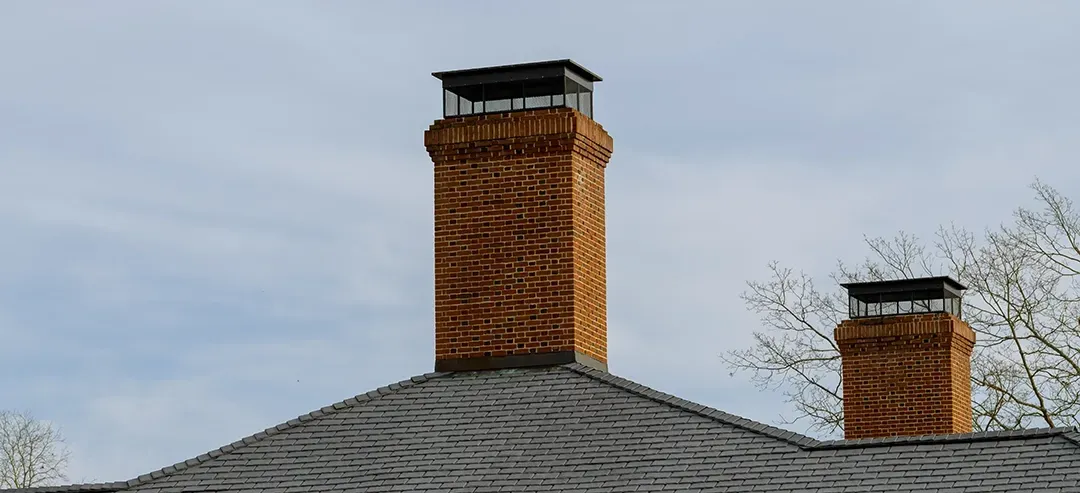
Select Chimney Services
Waterproofing
- Protection from elements: Shields your chimney from rain, snow, and ice.
- Preventative maintenance: Helps avoid costly repairs due to water damage.
- Increased chimney lifespan: Extends the life of your chimney structure.
- Improved energy efficiency: Reduces heat loss through a damp chimney.
Stainless Steel Liners
- Fire safety: Provides a non-combustible liner to prevent chimney fires.
- Improved draft: Enhances the efficiency of your fireplace or wood stove.
- Durability: Resistant to corrosion and high temperatures.
- Customizable options: Available in various sizes and lengths to fit your chimney.
Demolition and Tuckpointing
- Chimney restoration: Repairs damaged or deteriorated chimney structures.
- Safety: Removes hazardous chimney components.
- Aesthetics: Improves the appearance of your chimney.
- Structural integrity: Reinforces the chimney for long-term stability.
A Tale of Neglect: My Chimney Woes
I remember the day I first noticed something was amiss with my chimney. It was a crisp autumn evening in Bethel, and I was looking forward to lighting my first fire of the season. As I struck the match, instead of the comforting crackle of flames, I was greeted by a plume of smoke billowing back into my living room. Coughing and sputtering, I threw open the windows and realized I'd made a classic homeowner mistake: I'd neglected my chimney.
That smoky incident was my wake-up call. It set me on a journey to understand the ins and outs of chimney maintenance, and I'm here to share what I've learned with you. Trust me, a little knowledge can go a long way in keeping your home safe and your fires burning bright.
Understanding Your Chimney: More Than Just a Smoke Stack
Before we dive into the common problems, let's take a moment to appreciate the complexity of our chimneys. They're not just simple tubes that funnel smoke out of our homes; they're intricate systems designed to keep us safe and warm.
The Anatomy of a Chimney
Your chimney is like a mini-skyscraper, with each part playing a crucial role:
- Flue: The inner passage where smoke travels
- Liner: A protective layer inside the flue
- Damper: A movable plate that controls airflow
- Smoke Chamber: Where smoke collects before exiting
- Chimney Crown: The top part that protects from the elements
- Flashing: Seals the area where the chimney meets the roof
Understanding these components can help you identify issues more easily and communicate better with chimney professionals.
Why Regular Maintenance Matters
Just like you wouldn't skip oil changes for your car, regular chimney maintenance is crucial. It's not just about keeping things clean; it's about safety, efficiency, and longevity. A well-maintained chimney:
- Reduces the risk of house fires
- Prevents carbon monoxide leaks
- Improves heating efficiency
- Extends the life of your chimney and fireplace
Now, let's explore the five most common chimney problems I've encountered and how to deal with them.
The 5 Most Common Chimney Problems
1. Creosote Buildup: The Silent Danger
What is Creosote?
Creosote is like the cholesterol of chimneys. It's a tarry substance that builds up inside your chimney when wood doesn't burn completely. While a little creosote is normal, excessive buildup can lead to chimney fires.
How to Spot Creosote Buildup
- Difficulty starting fires or poor draft
- Black, oily spots on the inside of your fireplace
- A strong, acrid smell coming from the fireplace
Preventing Creosote Accumulation
- Burn only dry, seasoned wood
- Ensure proper airflow in your fireplace
- Schedule regular chimney sweeps
Remember, creosote removal isn't a DIY job. It requires specialized tools and expertise. Professional chimney services can safely remove creosote and inspect for any damage.
2. Chimney Liner Damage: When Your First Line of Defense Fails
Your chimney liner is like the bulletproof vest of your chimney system. It protects the brickwork from heat and corrosive byproducts of combustion. When it's damaged, your whole chimney is at risk.
Signs of a Damaged Chimney Liner
- Flakes of tile or clay in the fireplace
- Mortar joints crumbling inside the chimney
- Smoke entering your home
The Benefits of Stainless Steel Liners
If your liner is damaged, consider upgrading to a stainless steel liner. Here's why:
- Durability: Resists corrosion and heat damage
- Improved efficiency: Promotes better draft
- Versatility: Fits most chimney shapes and sizes
Stainless steel liners are an investment in your chimney's future. They can significantly extend the life of your chimney and improve its performance.
3. Water Damage: The Sneaky Destroyer
Water is your chimney's arch-nemesis. It can seep into bricks, erode mortar, and even cause your chimney to lean or collapse. In Bethel's varied climate, this is a particular concern.
Telltale Signs of Water Damage
- White staining on the exterior bricks (efflorescence)
- Rust stains on the chimney or fireplace
- Damp spots on walls or ceilings near the chimney
Waterproofing Your Chimney
- Install a quality chimney cap
- Apply a water-repellent sealant to the masonry
- Ensure proper flashing around the chimney base
Don't underestimate the power of water. Even small leaks can lead to big problems over time. If you suspect water damage, it's time to contact a professional.
4. Brick and Mortar Deterioration: The Crumbling Foundation
Your chimney might look solid, but the harsh Bethel weather can take its toll on bricks and mortar over time.
Spotting Masonry Damage
- Cracked or missing bricks
- Chunks of mortar falling out
- A leaning chimney
The Art of Tuckpointing
Tuckpointing is a specialized repair technique that replaces damaged mortar joints. It's not just about filling gaps; it's about restoring the structural integrity of your chimney. Here's why it matters:
- Prevents water penetration
- Restores the chimney's appearance
- Extends the life of your masonry
Proper tuckpointing requires skill and experience. It's not just about slapping some mortar between bricks; it's about matching color, texture, and strength to the existing structure.
5. Chimney Crown Damage: The Forgotten Protector
The chimney crown is like the roof of your chimney. It's designed to shed water away from the masonry below. When it's damaged, it can lead to a host of other problems.
Why Your Chimney Crown Matters
- Prevents water from entering the chimney
- Protects the top courses of brick from moisture
- Helps maintain the structural integrity of the chimney
Repairing and Maintaining Your Chimney Crown
- Look for cracks or deterioration during your annual inspection
- Consider applying a crown sealant for added protection
- Replace severely damaged crowns with a properly constructed new one
A well-maintained chimney crown is your first line of defense against water damage. Don't neglect this crucial component of your chimney system.
DIY Chimney Inspection: What You Can Do
While many chimney issues require professional attention, there are some things you can do to keep an eye on your chimney's health:
- Visual inspection from the ground: Look for obvious cracks, leaning, or missing bricks
- Check the firebox: Look for damaged bricks, cracks, or signs of moisture
- Inspect the damper: Ensure it opens and closes smoothly
- Look for debris: Check for leaves, twigs, or animal nests at the top of the chimney
- Monitor performance: Pay attention to how your fireplace drafts and burns
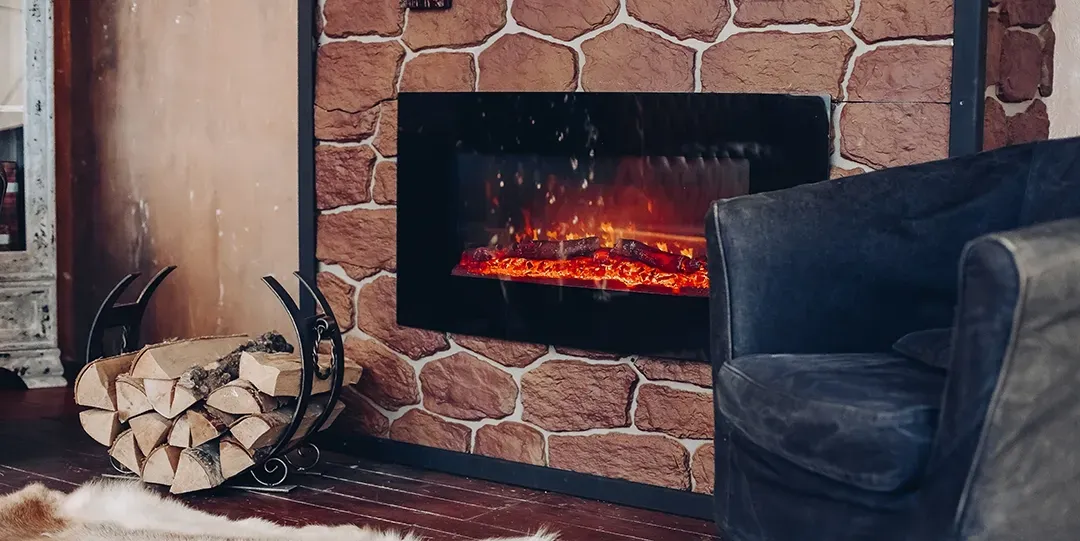
Safety First: When to Call a Professional
While DIY inspections are helpful, they're no substitute for professional expertise. Here's when to call in the pros:
- Annual inspections and cleaning
- Any suspected structural issues
- After a chimney fire or severe weather event
- When buying a new home
- If you notice any of the problems we've discussed
Remember, working on a roof or inside a chimney can be dangerous. When in doubt, leave it to the experts.
The Importance of Professional Chimney Services
As someone who learned the hard way, I can't stress enough the value of professional chimney services. Here's why they're worth every penny:
- Expertise: They can spot issues you might miss
- Safety: They have the right equipment to work safely at heights
- Efficiency: What might take you all day, they can do in hours
- Peace of mind: Know your chimney is in good hands
Finding the Right Chimney Service in Bethel, ME
When looking for a chimney service in Bethel, consider these factors:
- Certifications: Look for CSIA (Chimney Safety Institute of America) certified technicians
- Experience: How long have they been serving the Bethel area?
- Reviews: What do other homeowners say about their service?
- Services offered: Can they handle all aspects of chimney care?
- Insurance: Are they fully insured to protect you and your property?
Don't hesitate to ask questions and get multiple quotes. A good chimney service will be happy to explain their process and answer your concerns.
Preventive Measures: Keeping Your Chimney in Top Shape
An ounce of prevention is worth a pound of cure, especially when it comes to chimneys. Here are some tips to keep your chimney happy:
Seasonal Maintenance Tips
- Spring:
- Schedule your annual inspection and cleaning
- Check for winter damage and address any issues
- Summer:
- Install a chimney cap if you don't have one
- Consider waterproofing your masonry
- Fall:
- Clear leaves and debris from around the chimney
- Test your fireplace before the first cold snap
- Winter:
- Use a fireplace screen to prevent sparks
- Dispose of ashes properly
Year-round:
- Burn only dry, seasoned wood
- Keep the area around your fireplace clear of flammable items
- Install and maintain smoke and carbon monoxide detectors
Conclusion: A Well-Maintained Chimney for a Safe and Cozy Home
As I sit by my fireplace, enjoying the warmth and comfort it brings, I'm reminded of how far I've come from that smoke-filled evening years ago. Taking care of your chimney might seem like a chore, but it's an investment in your home's safety, efficiency, and comfort.
Remember, your chimney works hard for you, silently keeping your home warm and safe. By understanding these common problems and taking proactive steps to prevent them, you're not just maintaining a structure – you're preserving a central part of your home's heart.
So, the next time you're cozied up by the fire, take a moment to appreciate your chimney. And if you haven't had it checked in a while, why not give it some love? After all, a well-maintained chimney is the key to many more warm and wonderful evenings to come.
Stay safe, stay warm, and happy burning!
FAQs: Your Burning Questions Answered
- Q: How often should I have my chimney inspected? A: I recommend an annual inspection and cleaning, typically before the burning season starts in the fall.
- Q: Can I clean my chimney myself? A: While you can do some basic maintenance, professional cleaning is recommended for safety and thoroughness.
- Q: What type of wood is best for my fireplace? A: Hardwoods like oak, maple, and birch that have been seasoned for at least six months are ideal.
- Q: How can I tell if my chimney needs repair? A: Look for signs like crumbling mortar, white staining on bricks, or smoke entering your home when you use the fireplace.
- Q: Are chimney fires common? A: While not extremely common, they do occur, especially in neglected chimneys. Regular maintenance is key to prevention.
- Q: How long does a chimney liner typically last? A: A well-maintained clay liner can last 50 years or more, while a stainless steel liner can last a lifetime.
- Q: Can a chimney leak cause mold in my house? A: Yes, persistent moisture from a chimney leak can lead to mold growth in walls, ceilings, or attic spaces.
- Q: Is it normal for my chimney to smell in the summer? A: Some odor is normal, but strong, persistent smells could indicate creosote buildup or animal intrusion.
- Q: How can I improve my chimney's draft? A: Ensure the damper is fully open, use seasoned wood, and consider installing a chimney cap or draft-inducing cowl.
- Q: What should I do if I suspect a chimney fire has occurred? A: Stop using the fireplace immediately and have a professional inspection before using it again, even if the fire seemed small.
Remember, when in doubt, it's always best to consult with a professional chimney service. They have the expertise to address your specific situation and keep your home safe and warm.
